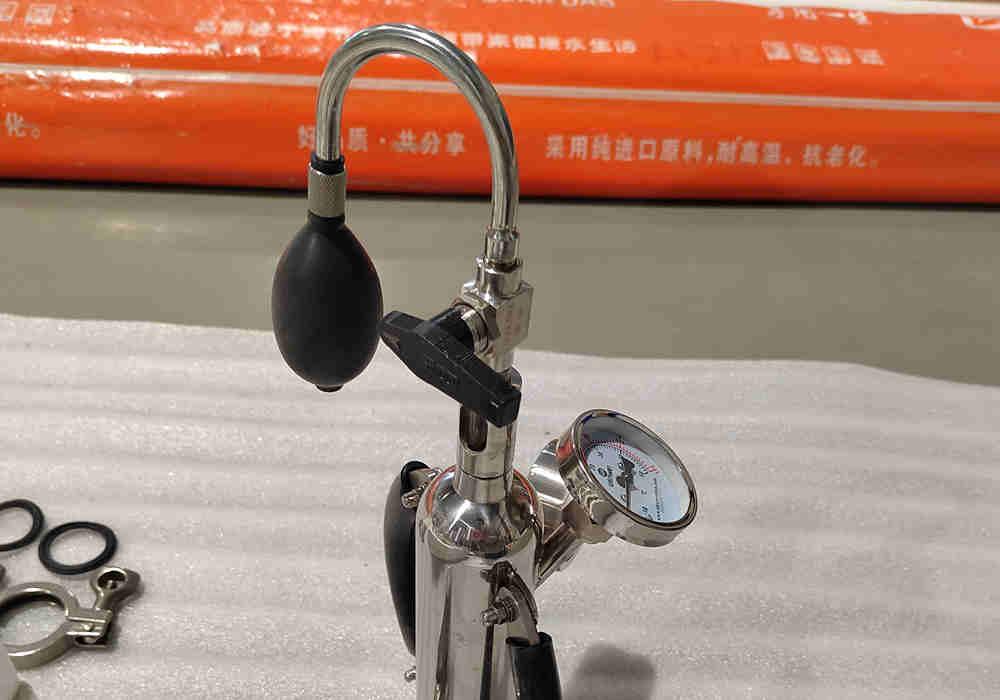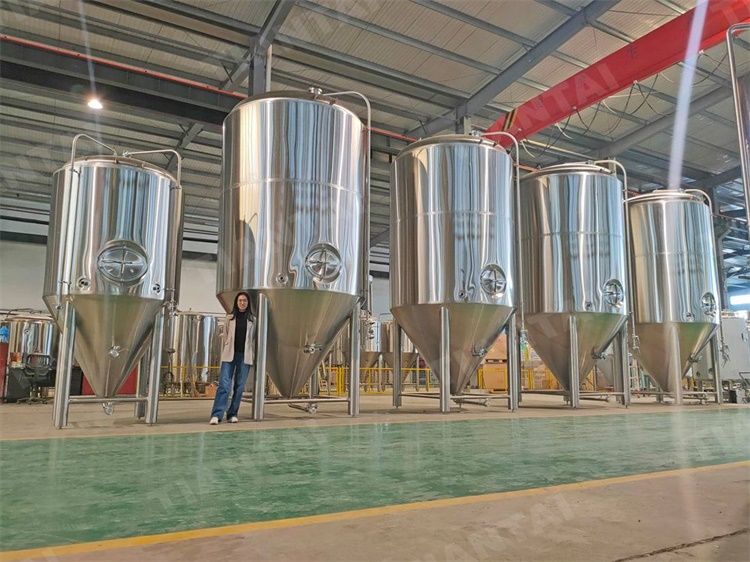
Materials You'll Need:
CO2 Tester (such as a Zahm & Nagel or Anton Paar CO2 tester)
Sample of Beer
Calibration Gas (if required by the tester)
Calibration tools (if required)
Safety equipment (gloves, safety glasses)
Steps:
Prepare Your Equipment:
Make sure your CO2 tester is clean and in good working condition.
Ensure that it is properly calibrated if needed, following the manufacturer's instructions.
Collect a Sample:
Use a sample port or a special sampling device to obtain a representative sample of your beer. Ensure the sample is free from any debris or foreign matter.
Maintain Temperature:
Keep the sample at the correct temperature, as carbonation levels can vary with temperature. Typically, the sample should be at the same temperature as the beer in your bright beer tanks/brite tank or bottles.
Attach the CO2 Tester:
Connect the CO2 tester to the sample container or fermenter/fermentation tank. Follow the manufacturer's instructions for proper attachment.
Purge and Fill the Tester:
Some testers require purging with calibration gas before testing. Follow the manufacturer's guidelines for this step.
Fill the tester with the beer sample. Ensure there are no air bubbles in the tester as they can affect the accuracy of the measurement.
Measure CO2 Content:
Initiate the CO2 measurement process according to your tester's instructions. This may involve shaking the tester or using other specific techniques.
The tester will measure the carbon dioxide content in the sample and provide a reading.
Record and Analyze the Results:
Record the CO2 measurement. Compare it to your target carbonation levels based on your recipe and beer style guidelines.
If the CO2 levels are not within the desired range, you may need to adjust carbonation by either adding or releasing CO2 from your beer, depending on the reading.
Adjust Carbonation (if necessary):
If the CO2 levels are not where you want them to be, make adjustments using your brewery's carbonation system. This might involve adding or releasing CO2.
Quality Control:
Test samples from different batches and stages of production to ensure consistency and quality in your beer.
Clean and Store Your Equipment:
Clean and sanitize the CO2 tester thoroughly after use to prevent contamination.
Store your tester in a clean, dry, and safe place.
Using a CO2 tester is an essential part of quality control in a brewery, as it helps ensure that your beer has the right level of carbonation for the style you're beer brewing. Always follow the manufacturer's guidelines for your specific CO2 tester, and maintain a consistent testing and adjustment process to produce high-quality beer.
Learn more how Tiantai beer equipment company to not only produce the best quality brewery equipment for flavor-rich beers, but also help them to optimize the configuration, maximize process uptime and reduce beer loss when they brewing, PLEASE DON’T HESITATE TO CONTACT WITH US!
Hubert
Email: [email protected]




.jpg)

Get In Touch